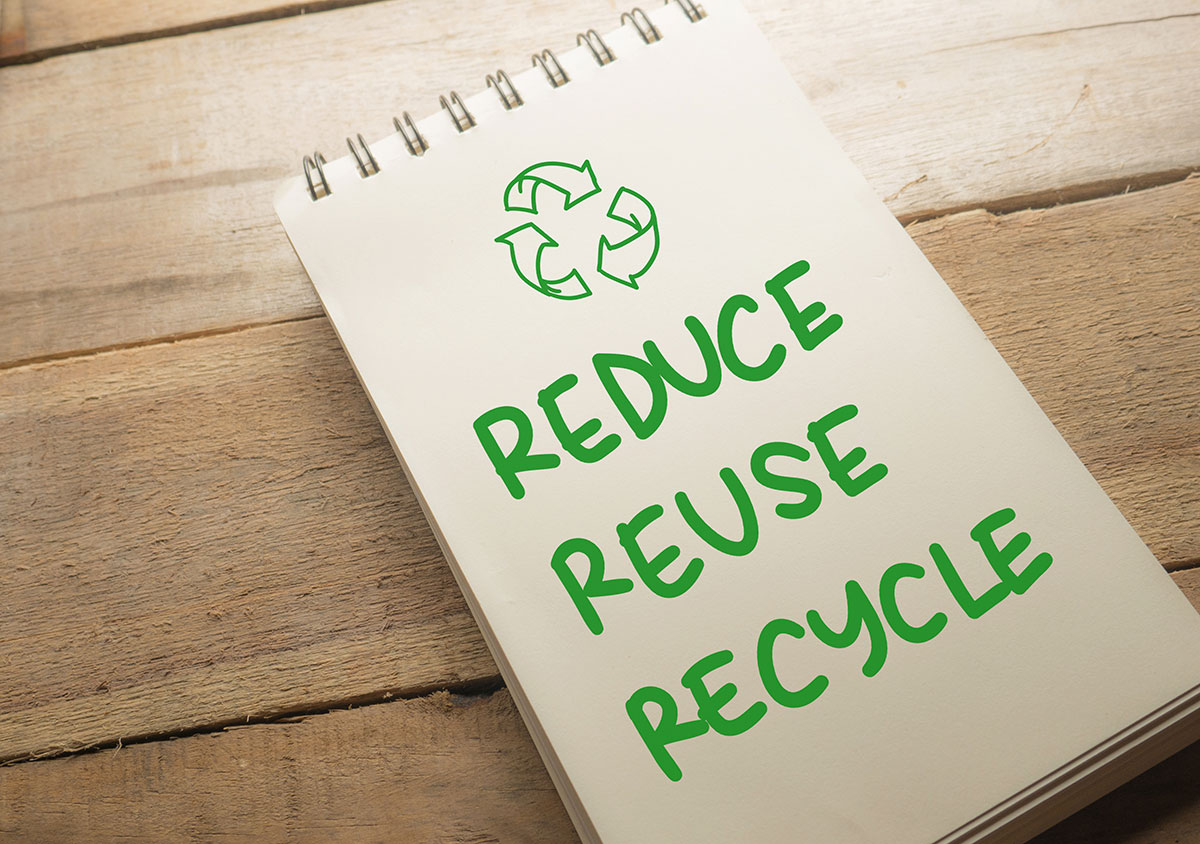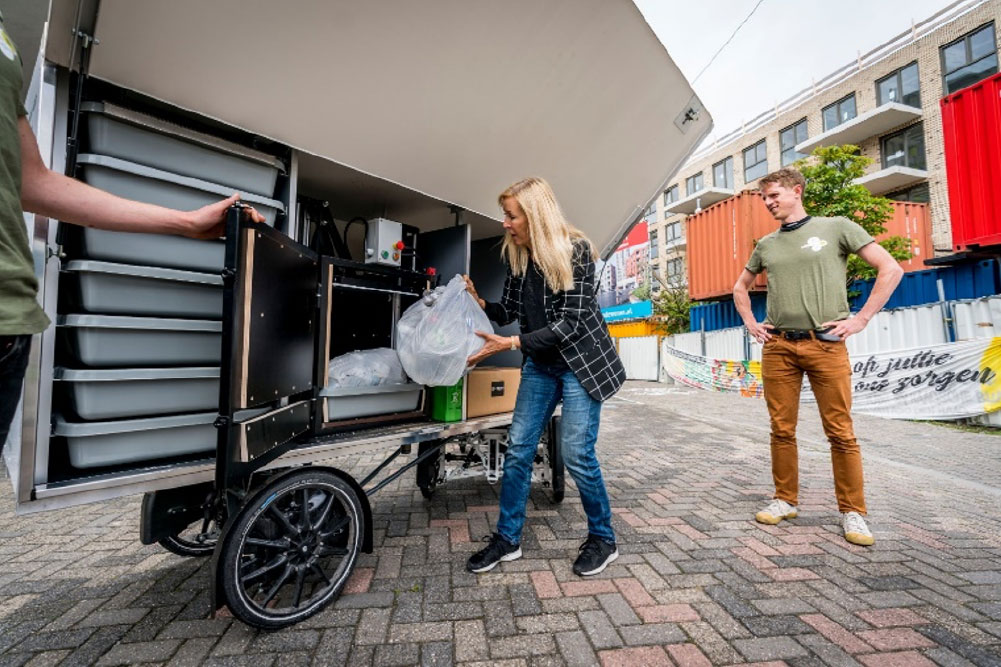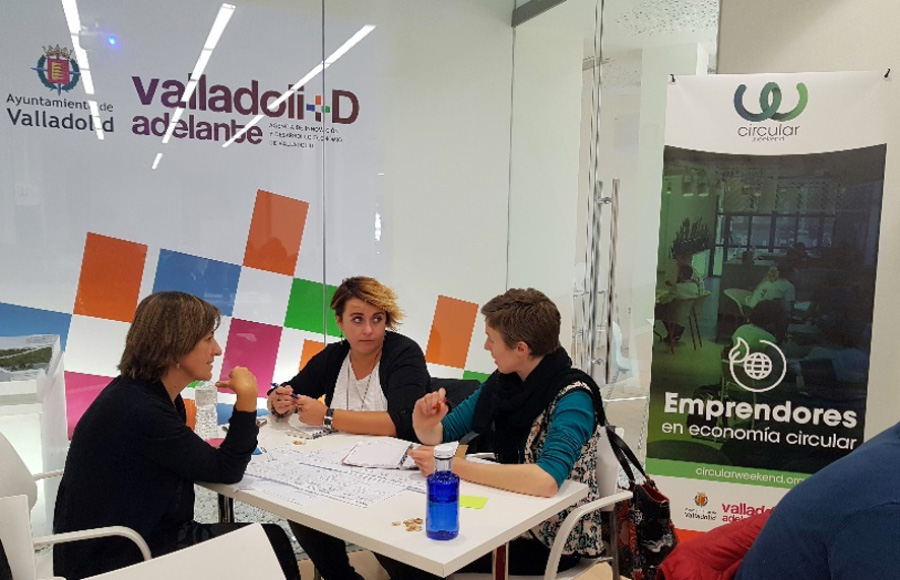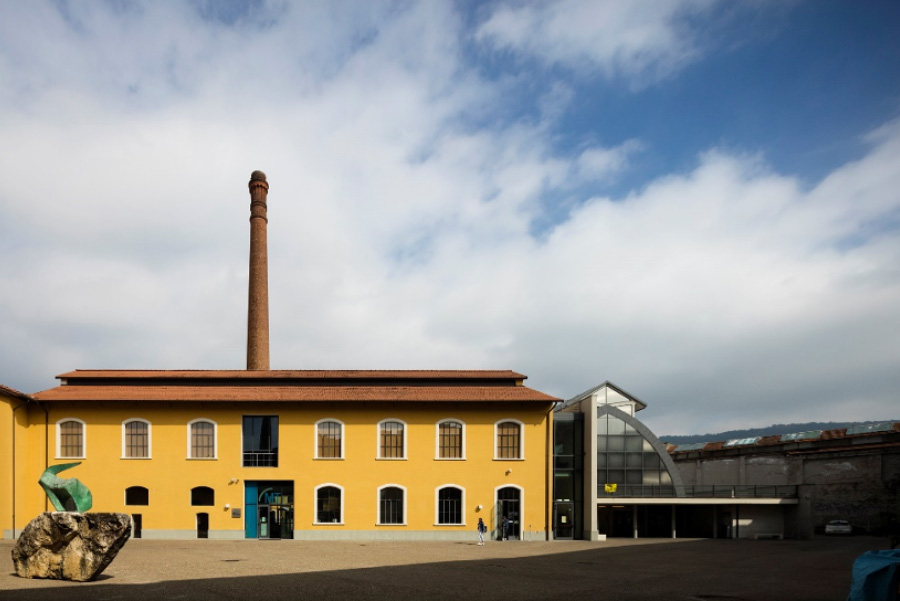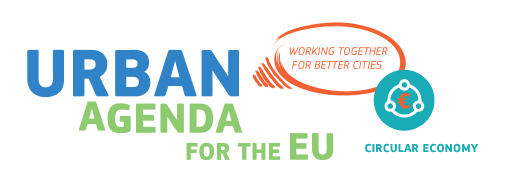Use and life extension
Use and life extension models focus on the use phase of products and materials. By applying reuse, repair, repurpose, refurbish or remanufacture strategies, these models aim to extend the life of this product or material while ensuring that value can be maintained as long as possible.
During the use phase, regular maintenance of a product, equipment or building should ensure that it lasts for a long time. When a product is no longer in optimal condition, maker-labs or repair cafes can be used to encourage local repair of products, supported by 3D printing of spare parts. A product, equipment or building that no longer functions as intended can also be repaired, remanufactured, refurbished or repurposed to extend its life. Pre-used or repaired items can also be resold, for example in collective resource banks.
Another way to contribute to the circular economy is to provide a service instead of selling a product. So-called product-as-a-service or product-to-service models entail a conversion from selling a product to:1
- providing leasing and sharing services as alternatives to the ownership of products
- sell and buy-back systems
- sharing platforms
- services to extend the useful life of take-back products through repair, maintenance, or upgrade
- services to facilitate the tracing, marketing, and trade of secondary raw materials, such as “product passports” and databases that track and document the quality and status of materials
These models present some challenges for financing situations in relation to changing cash flows with longer term revenue streams, product tracking and performance monitoring, and the legal issues around multiple owners. However, funds and institutions that are specifically focused on supporting the circular economy understand and can relate to these particularities of product-as-a-service models.
Learn more about the different funding types that could provide solutions to your circular city initiatives.
Circular use and life extension strategies in cities
In cities, new businesses that provide product share or service models are starting to emerge in different sectors. Some examples:
- Mobility: Swapfiets
 , Zipcar
, Zipcar  , ViaVan
, ViaVan 
- Built environment: Light-as-a-Service
 , Elevation-as-a-Service
, Elevation-as-a-Service 
- Fashion: United Wardrobe
 , Circos.co
, Circos.co 
- Consumer goods: Library of things
 , Peerby
, Peerby 
An example of a reuse and repair strategy is Stuffstr ![]() in London. Stuffstr buys back items bought in the last five years regardless of condition and sells them through secondary markets. The concept of the “repair café
in London. Stuffstr buys back items bought in the last five years regardless of condition and sells them through secondary markets. The concept of the “repair café ![]() ” celebrated its tenth anniversary in 2019 and is available in a growing number of European cities. The website iFixit
” celebrated its tenth anniversary in 2019 and is available in a growing number of European cities. The website iFixit ![]() provides free repair manuals for consumers and enables a community of experts to share their knowledge with others.
provides free repair manuals for consumers and enables a community of experts to share their knowledge with others.
Funding your project that supports product/material use and life extension
Do you have an innovative idea based on a “product-as-a-service” business model? Are you developing a service to track and capture data on materials or product performances? Chances are you are eligible for financial support.
Generally, financial instruments are available for circular initiatives in all stages of the innovation or project development process; from basic research to commercial demonstration and scale-up. Learn more about the different funding types and their applicability here.
